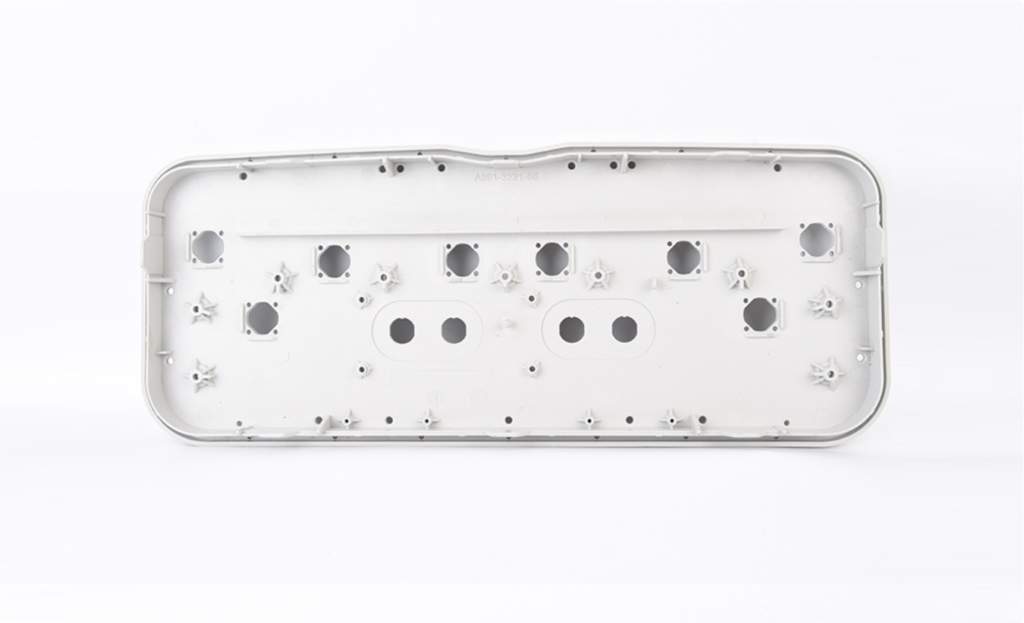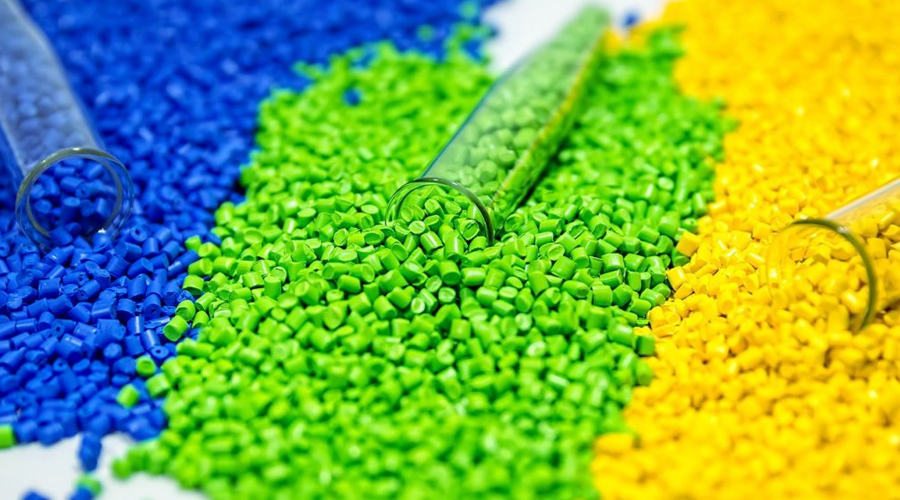Plastic Injection Molding Design Guide: Wall Thickness
Injection molding is a widely used plastic processing method that can produce large quantities of plastic parts. During injection molding, plastic particles are melted, injected into a mold, cooled, and solidified into the desired shape.
Designing suitable wall thickness in injection molding to produce high-quality products is very important. This guide will introduce some basic principles of wall thickness design for injection molding.
Wall thickness design guide

Wall thickness is an important consideration when designing parts for injection molding. The thickness of a part’s walls affects its strength, weight, and cost, as well as the ability of the mold to fill properly. Here are some guidelines to keep in mind when designing wall thickness for injection molding:
- Keep wall thickness as uniform as possible throughout the part. This will help to ensure even cooling and reduce the risk of warping or sink marks.
- The recommended wall thickness range is typically between 0.8mm and 3mm. Walls that are too thin may not fill properly, while walls that are too thick will take longer to cool and increase production costs.
- Consider the size and geometry of the part when determining wall thickness. Parts with complex geometries may require thicker walls to maintain their shape, while parts with simple geometries often have thinner walls.
- Keep in mind the material being used. Some materials, such as ABS or polycarbonate, can handle thinner walls than others.
- Use ribs or gussets to add strength and rigidity to a part rather than increasing wall thickness.
Factors affecting wall thickness of injection molded parts
There are several factors that can affect the wall thickness of injection molded parts. Understanding these factors can help designers create optimized parts for the injection molding process. Some of the key factors include:
Material properties:

The plastic material’s properties, such as its viscosity and melt flow rate, can affect the required wall thickness. Materials with lower viscosity or higher melt flow rates can generally be used with thinner walls.
Part size and geometry:
The size and shape of the part can affect the required wall thickness. Parts with complex geometries or large surface areas may require thicker walls to maintain their shape during injection molding.
Production requirements:
The desired production volume and cycle time can affect the wall thickness of the part. Parts with thinner walls will cool faster, allowing for faster cycle times and higher production volumes.
Part function:
The intended function of the part can also affect the required wall thickness. Parts that require high strength or durability may need thicker walls to provide the necessary support.
Mold design:
The design of the mold can affect the required wall thickness, particularly the location and design of the gate and runner system. A properly designed gate and runner system can allow for thinner walls while ensuring proper mold filling.
